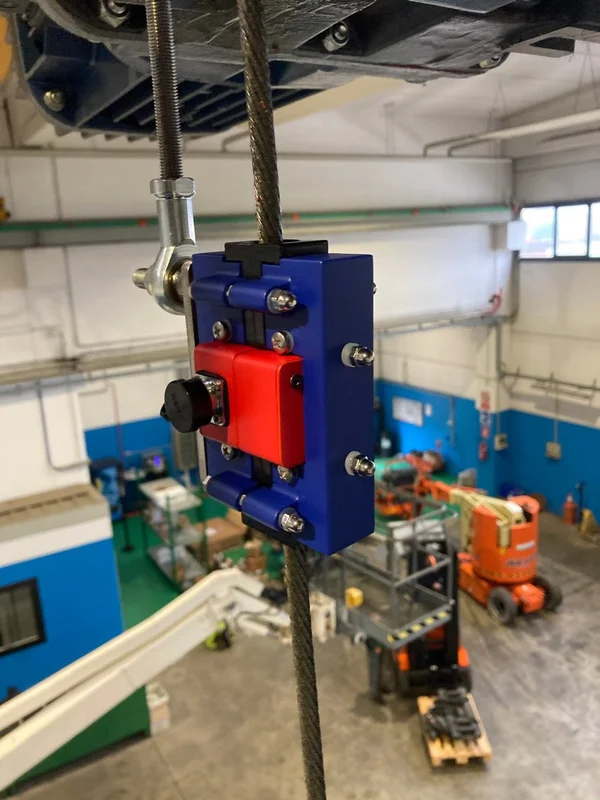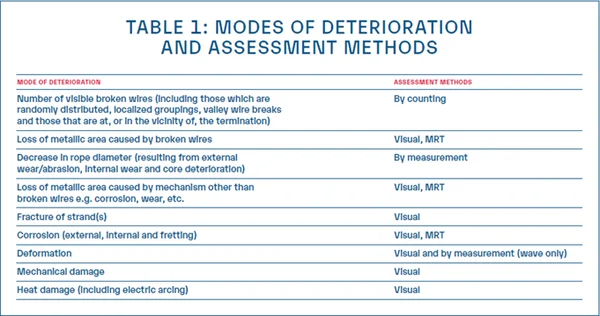The Magneto-Inductive Method
The Magneto-inductive methodology is used widely across the heavy lifting sector and in the offshore sector, where ropes operate in harsh conditions. In 2017 the standard ISO 4309 introduced the magneto-inductive test as a method for rope status evaluation and the method officially became an aid to the visual inspections and the preferred solution for performing internal rope inspections.

Why is the Magneto-inductive method so important for wire rope inspection?
Since the MI method was introduced in the ISO4309, it is a valid aid for the operator in avoiding subjective evaluations.
The MI method must always be associated with a visual inspection. The competent person will detect visual defects and correctly compile a test report; if defects are not visable but highlighted by the MRT, the operator will rate the severity of the deterioration. The MRT is often the only way to carry out an internal inspection of the rope.
Are inspections defined by the regulation?
Yes, if the rope manufacturer follows the EN12385.
The regulation establishes general principles for care, maintenance, inspection and discard of steel wire ropes operating on cranes and hoists.The ISO4309 states that the assessment method for any type of defect can occur on the rope. It provides realistic discard criteria and gives a method for evaluating the combined effect of deterioration at any position in the rope.
The table below shows the standard list of the most common modes of deteriortation and whether each can be readily quantified or needs to be subjectively assessed by the competent person.

For all modes of deterioration, the competent person must express a severity rating which is the result of the relative assessment method. For example - for the reduction in diameter the measurement is necessary, where as the number of visable broken wire, counting is the most appropriate method.
Inspectors must evaluate the wear and corrosion in and outside of the rope, plus the loss of metallic section caused by internal and external broken wires.
It's known that some specific defects generate in the inner part of the rope, in this case it is almost impossible to perform a visual inspection. For this reason, the ISO4309 assess the MRT as the preferred method for 'loss of metallic area caused by broken wires', 'loss of metallic area caused by mechanism other than broken wires' and for 'corrosion'. By using this methodology the competent person can inspect the modes of deteriortation as prescribed by the regulation.
How do you know if a rope manufacturer is following the EN 12385?
In Europe the ISO 4309 is claimed by a harmonised regulation, the EN 12385.
Every rope commercialised in Europe must follow the EN 12385 and should be written within the ropes 'Use & Maintenance Manual'.
The compliance with this regulation provides a presumption of conformity with the relevant essential requirements of the directive 98/37/EC. For this reason the rope manufacturers have 2 options:
- Following the regulation and claiming it in their 'Use & Maintenance Manual', as an inspection procedure.
- Issuing a rope certificate, defining different discard criteria and assessment method that must be as safe as the one within ISO 4309



